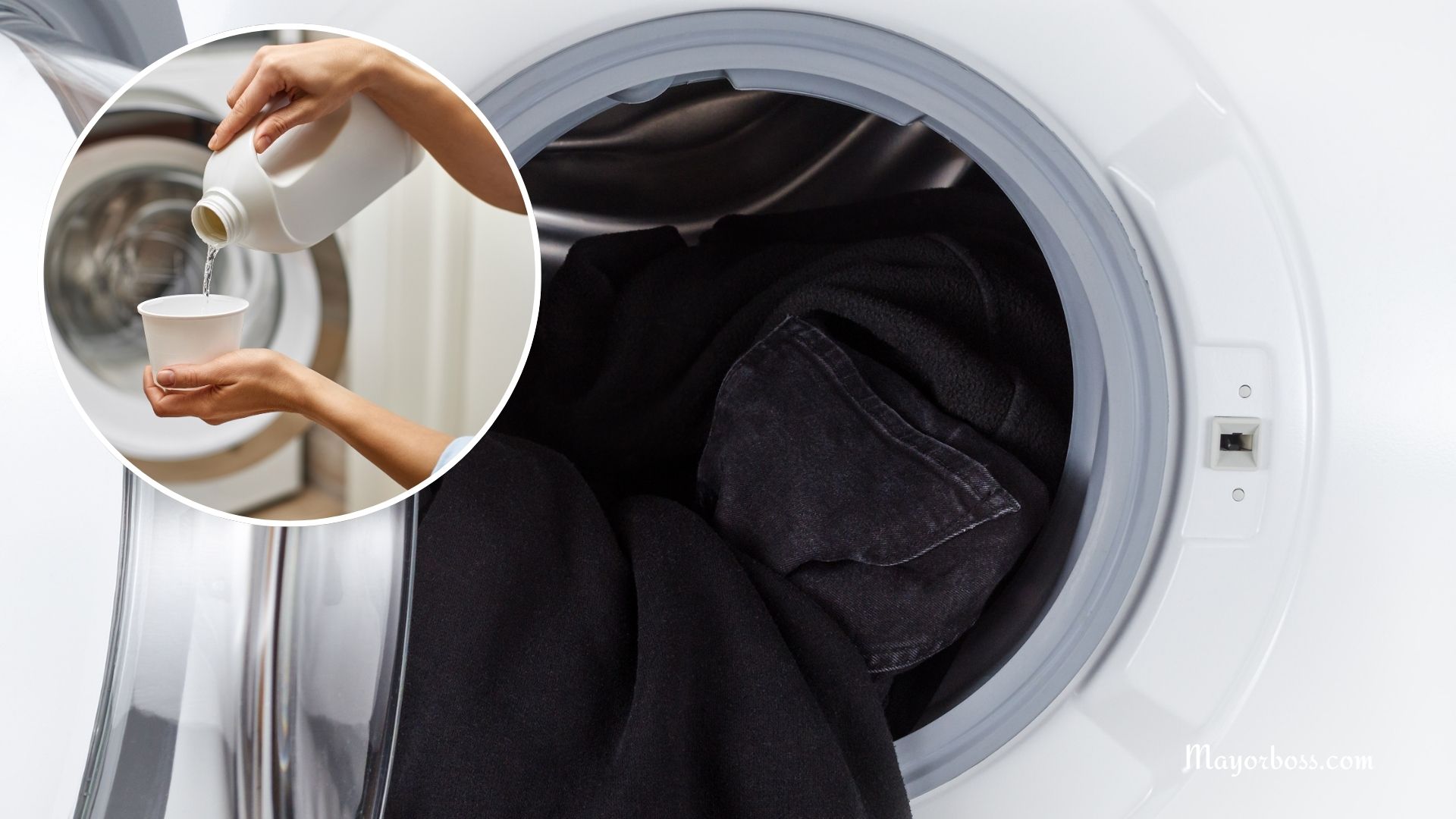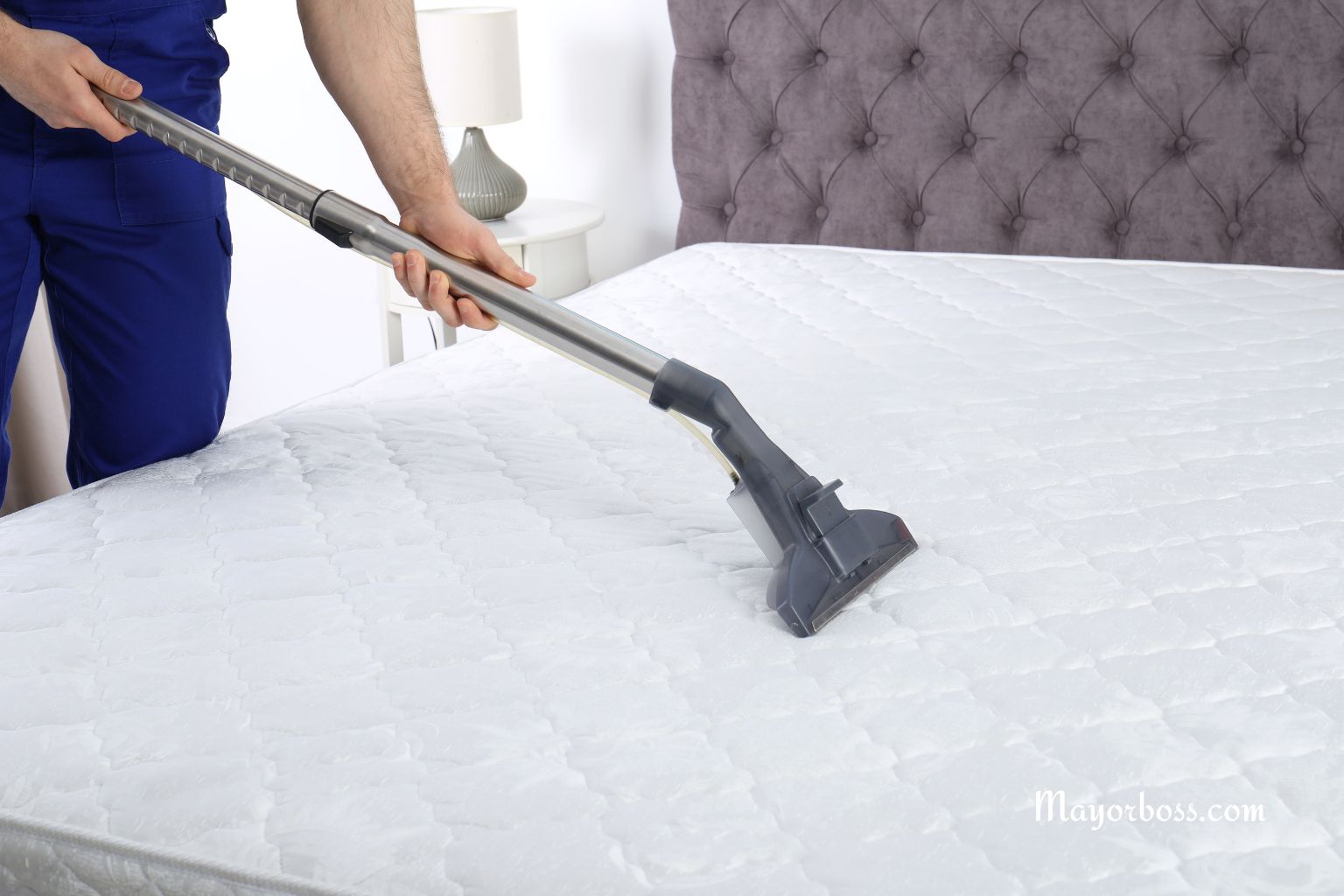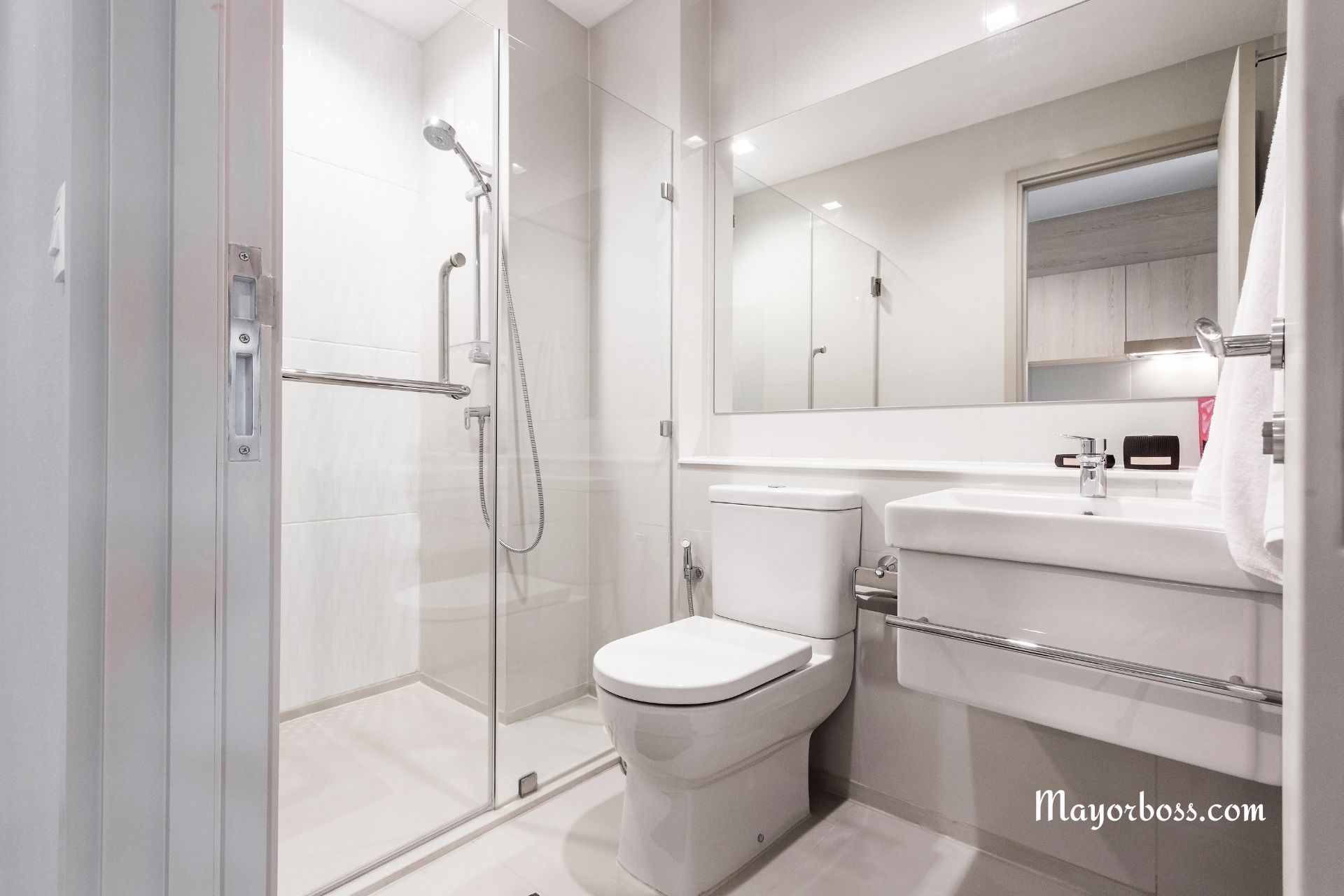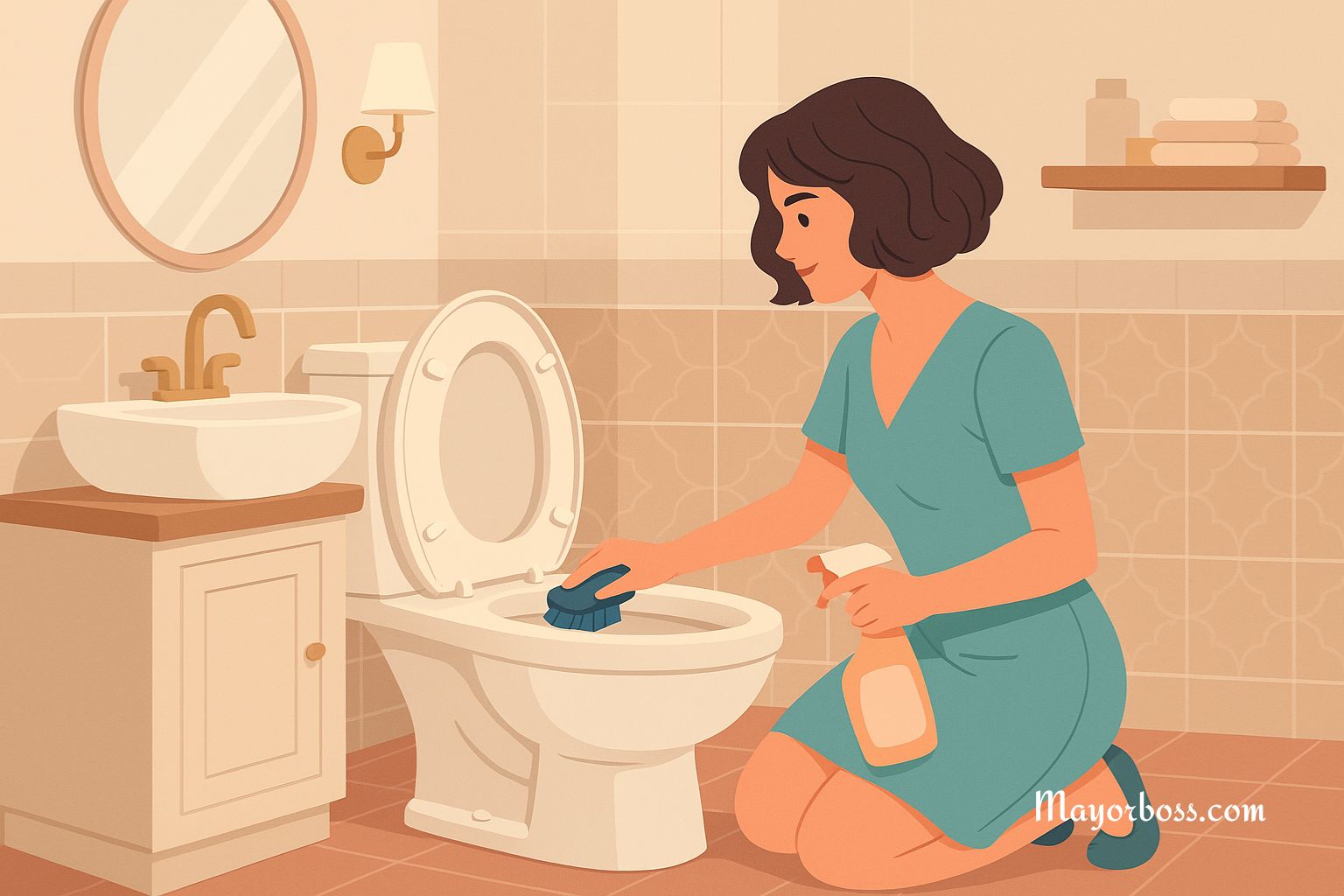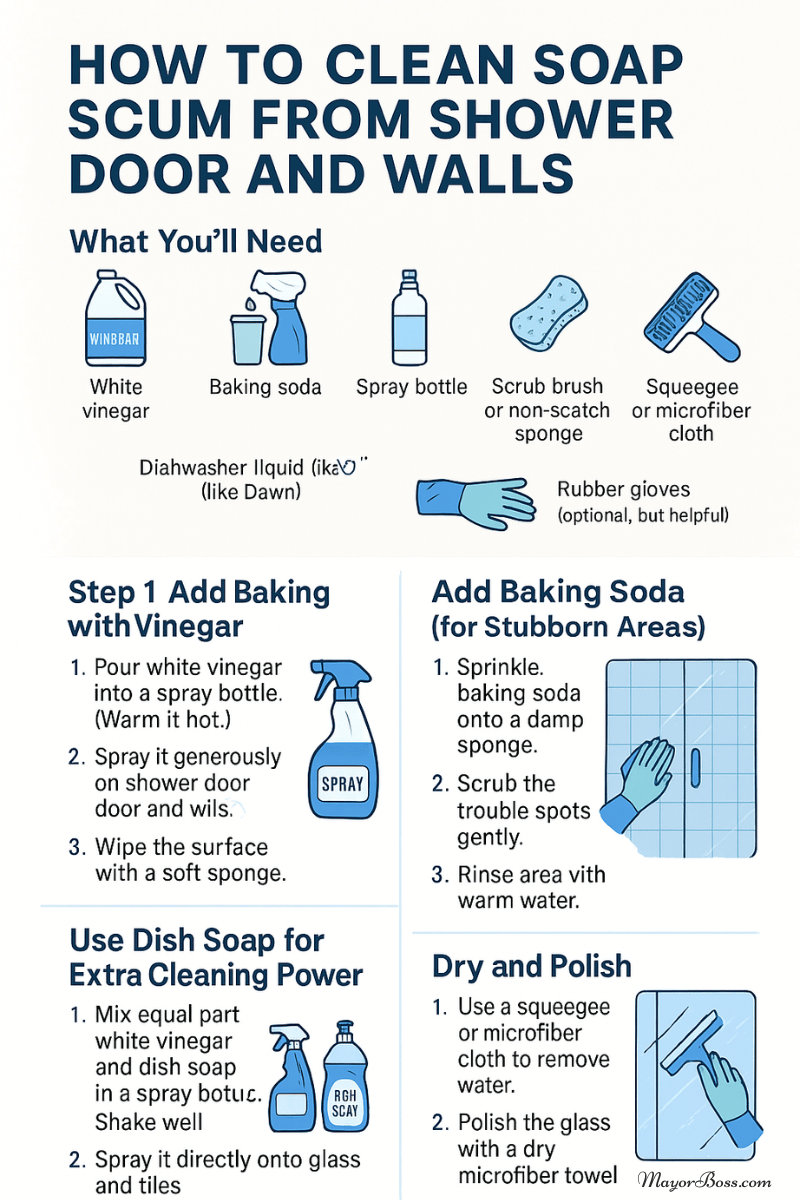5 Ways to Stop Your House From Getting Dusty So Quickly
Dust may look harmless, but it’s made of dead skin cells, dirt, pet dander, and even pollen. Patients with allergies or breathing problems get worse in dusty homes. To reduce dust buildup, simple daily habits and a regular cleaning schedule help. Below are five ways you can keep dust from piling up in your house.

1. Use the Right Cleaning Tools
Not every cleaning tool works the same way. If you use the wrong ones, you might just spread dust around or push it into the air. A microfiber cloth is a better choice than a feather duster because it traps dust instead of scattering it. Slightly dampening the cloth with water before wiping surfaces can help it pick up even more dust.
Also, consider the type of vacuum you use. A model with a high-efficiency particulate air (HEPA) filter can capture very small particles that can worsen allergies or asthma. If you have hard floors, use vacuum attachments made for non-carpeted surfaces. A broom might swirl dust into the air, making it harder to control.
It also helps to clean from top to bottom. For example, dust shelves or countertops before vacuuming the floor. This way, any dust that falls gets picked up by the vacuum rather than landing on clean surfaces.
2. Vacuum and Mop on a Regular Schedule
Vacuuming often is key to controlling dust. Carpets can hold onto dust deep in their fibers, so plan to vacuum at least twice a week. If you have pets, you might need to vacuum more frequently, especially in areas where they spend a lot of time. Don’t forget to vacuum the corners and edges of each room because dust can build up there.
Hard floors also need regular attention. While they don’t trap dust the same way carpets do, they still collect dirt and debris. Try using a microfiber or damp mop on surfaces like wood, tile, or laminate. This approach removes dust instead of just moving it around. Keeping a steady cleaning routine will help you avoid major dust buildup and improve the air quality in your home.
3. Get Rid of Clutter
Cluttered spaces tend to gather dust. Stacks of magazines, shelves filled with trinkets, and piles of clothes all create more surfaces for dust to settle on. To cut down on dust, store items inside closed cabinets or drawers. This makes your home look neater and makes cleaning much easier.
You can also use plastic bins or containers with lids for items like shoes, toys, or extra linens. Labeling the bins helps you stay organized. By reducing clutter, you limit the spots where dust can hide. As a result, your house will be easier to keep tidy and free from allergy triggers.
4. Improve Your Indoor Air Quality
The air inside your home plays a big role in how much dust you see. One helpful step is to use an air purifier with a HEPA filter. This can remove small particles like pet dander or dust mites from the air. Place the purifier in the rooms where you spend the most time, such as your living room or bedroom, to notice a bigger difference.
Also, pay attention to your heating and cooling filters. When filters get dirty, they blow dust right back into your home. Follow the filter replacement schedule recommended by the manufacturer. It’s usually every few months, but some filters need changing more often. Keep vents and registers clean, too, so they don’t spread dust around the house.
Humidity matters as well. If the air is too dry, dust can stay floating for longer periods. According to the Environmental Protection Agency, a humidity level of 30% to 50% is often suggested for comfort and health. If you need a humidifier, use it carefully to avoid making the air too moist, which can lead to mold growth.
5. Wash Bedding and Upholstery Frequently
Bedding and upholstered furniture attract a lot of dust, sweat, and skin cells. These factors make it easy for dust mites to thrive. Washing sheets, pillowcases, and blankets in hot water at least once a week can help control dust mites and remove allergens.
If possible, use dust mite-proof covers on your mattresses and pillows. These covers have a tight weave that keeps dust mites out. Upholstered furniture, like couches or chairs, should also be vacuumed regularly. If you have pets, their fur and dander can add to dust problems, so washing their bedding often can help keep your home cleaner.

